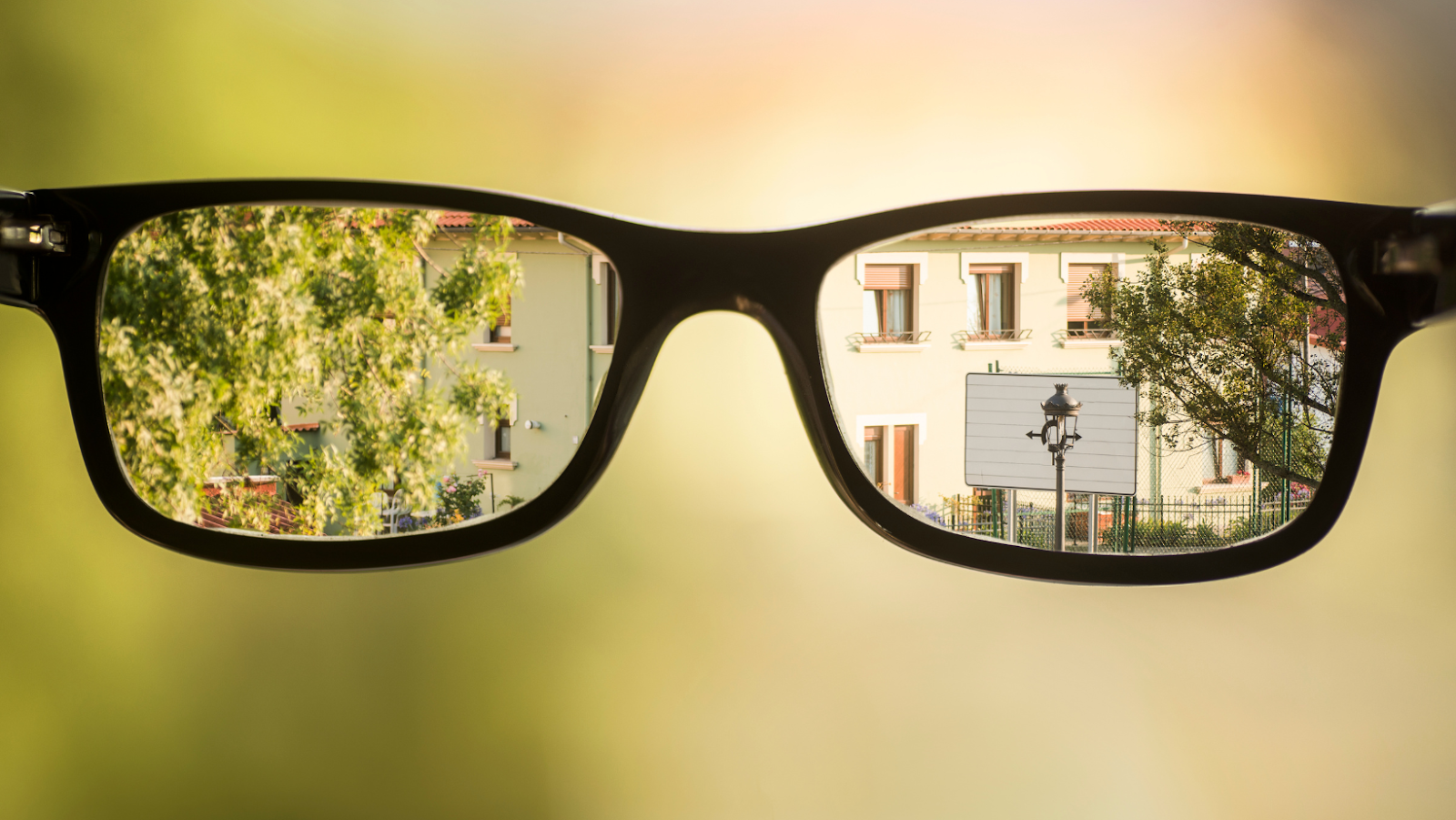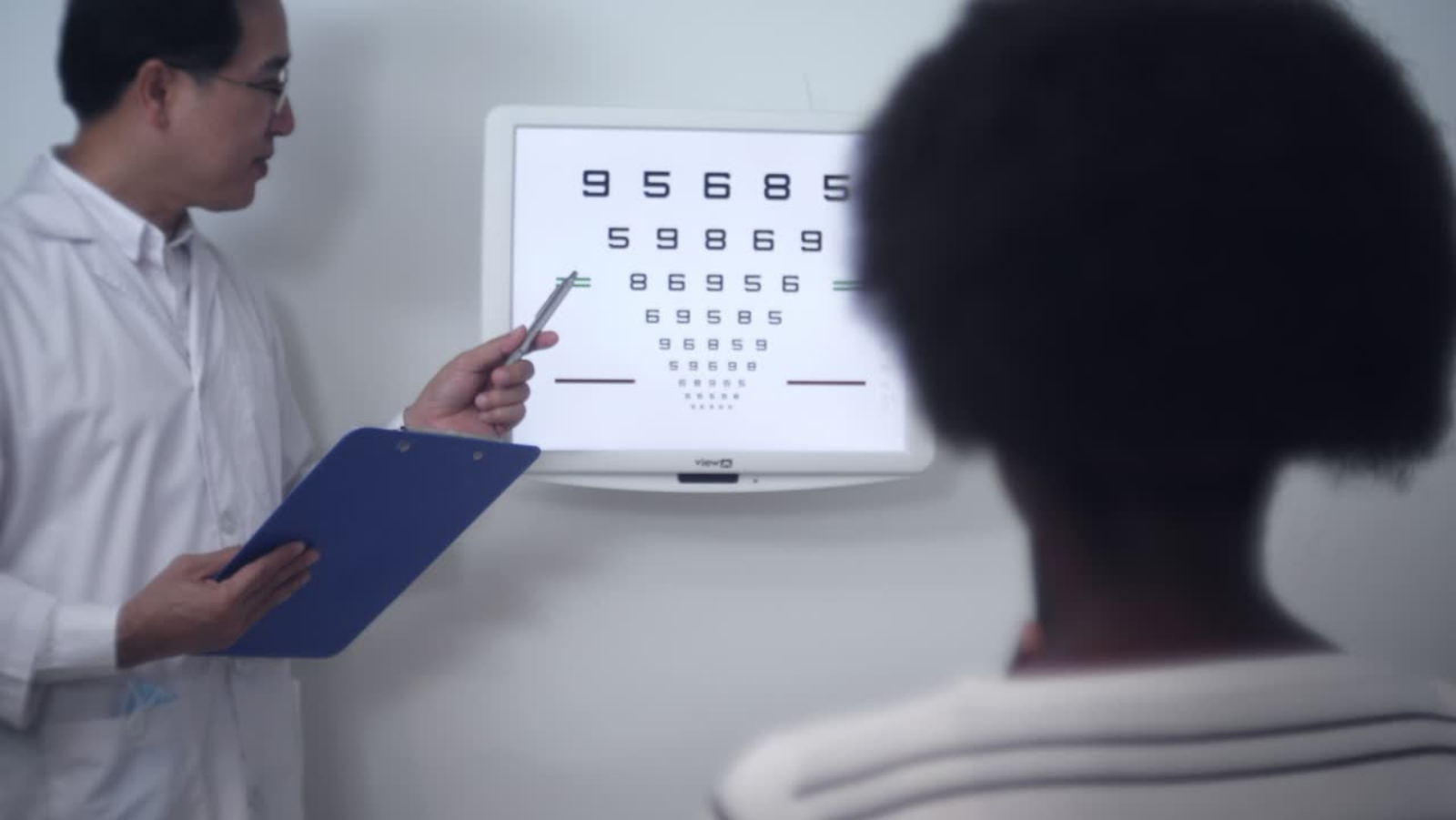
It is a widely accepted view that the prevalence of myopia, or near-sightedness, amongst children is due to an excessive amount of time spent in front of a digital screen. Although this is not always the case, it could be helpful for parents to understand more about the condition and its causes. We have all likely experienced it – the need to squint or hold a book further away, to avoid the black dot at the end of the book, which is an example of a myopia symptom.
What Is Myopia?
Myopia or near-sightedness occurs when light rays coming into the eye focus in front of the retina rather than directly on it. This can cause blurred vision and difficulty focusing when reading or doing close work such as handwork. Many optometrists suggests that the prevalence of myopia is increasing in modern cultures, such as the United States, as well as in Asia. This trend is occurring in urban areas that are experiencing economic growth and increasing educational accessibility.

How Can I Control Myopia in Children?
Children will be myopic if they have an increasing need to hold a book too close or squint during reading. It is also suggested that parents should monitor the amount of time their children spend on a computer at a young age and should encourage their children to read more often.
What Age Should Myopia be Controlled?
No age is required for myopia management to take place. At any age, children should be monitored for myopia if their prescription for reading glasses is at least -3 diopters or weaker. Many questions have arisen over the last few decades regarding the reasons behind this rise in nearsightedness and answers continue to be sought by experts in the field.
According to a study by researchers from Harvard University , there are several potential causes of myopia, including genetics, which suggests that some children will usually become nearsighted as they grow older. They also believe that there are environmental factors that may contribute significantly to this problem and will have a significant impact on the frequency of nearsightedness among children.
How Can I Reduce Myopia Naturally?
1. Get up and move around
When you are seated for a long time, try to get up and walk around the room or take a brief walk outside. Movement stimulates the eyes and gets them moving again, which helps avoid eye strain.

2. Adjust your lighting
If you are using your computer or doing any other close work, make sure that the room is well lit and that you have adequate lighting for the task. Make sure that you position yourself in a way where lights are positioned to shine on the page rather than into your eyes. Also avoid sitting under bright lights for long periods of time, as this can cause eye strain as well.
3. Take regular breaks from the screen
When working at your computer screen or doing any kind of close work, take a break every 20-30 minutes by looking far away from the screen and focusing on something distant for about 20 seconds. This will help to reduce the strain on your eyes.
Can Myopia Improve?
Myopia is a very slow progression and usually does not get better unless there are major changes in the environment. However, many studies have shown that children who spend more time outside, have higher rates of myopia control than those who spend less time outdoors. So it is vital for children to spend as much time outdoors as possible during the day to counteract the effects of spending so much time indoors on screens and doing close work. The Harvard University study found that the poorest children had almost two times more myopia than the wealthier children and those who spent more time outdoors had less myopia.
Scientific research provides evidence that there is a strong link between nearsightedness and eye strain. This has prompted a large number of studies into the causes of myopia and its impact on eye health as well as whether this disease can be controlled or prevented, with many claims made in support of both sides. However, no current scientific consensus exists on how to avoid or control this condition and how it affects general health.























